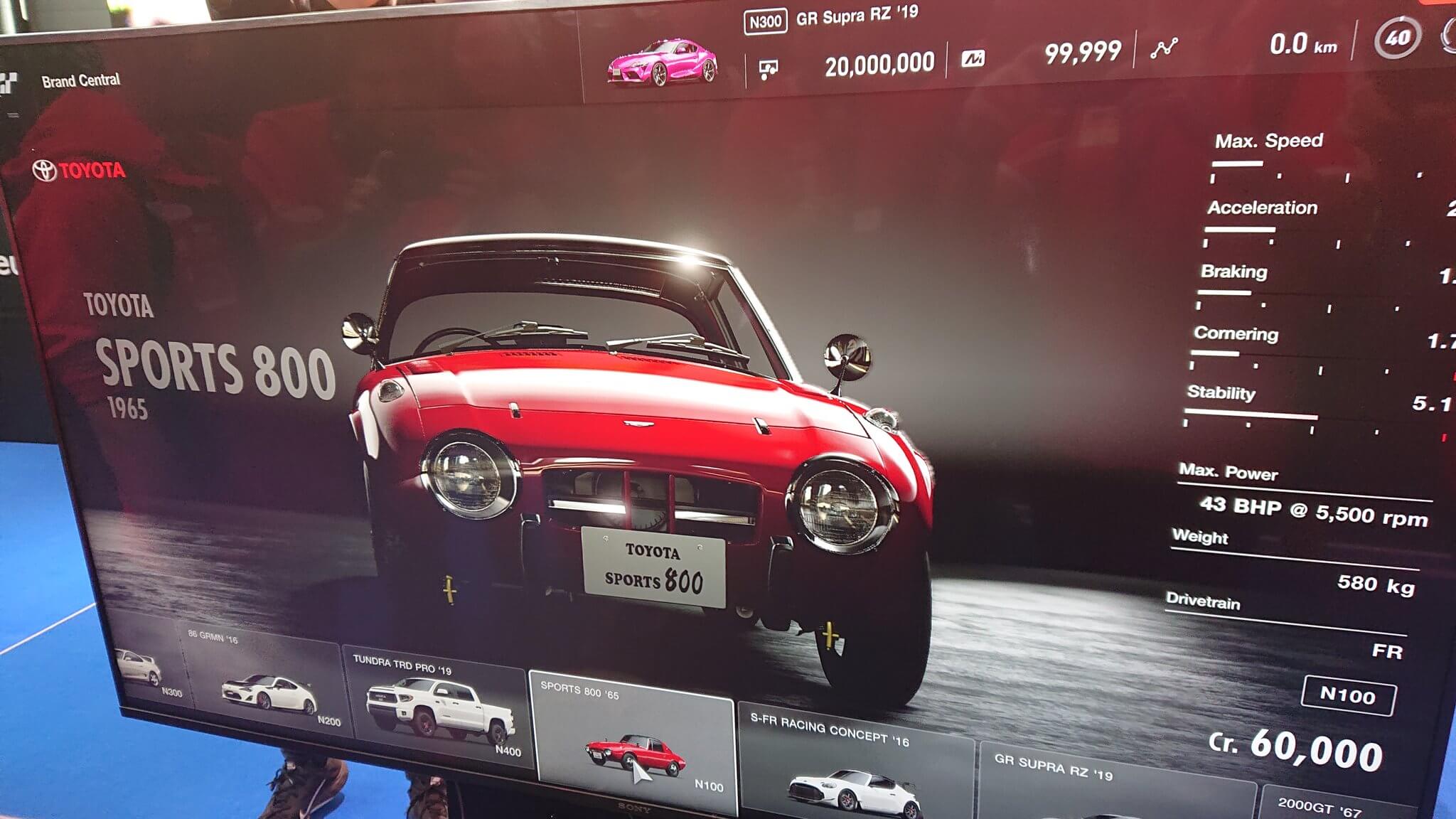- 1,115

- Rivera
- Tsukishima-TDUDT


The Toyota Sports 800 is Toyota Motor Corporation's first production sports car. The Toyota Sports 800 is affectionately called the "Yota-Hachi" (ヨタハチ), which is a Japanese short form for "Toyota 8". In Japan, the vehicle was exclusive to Toyota Japan retail sales channel called Toyota Public Store alongside the Publica.
In 1965, the car went into actual production, with chassis code UP15 and an increase in engine displacement from 700 cc to 800 cc, as well as dual carburetors, which increased power from 28 to 45 hp. This engine was sufficient to power the light car around town at 70 km/h or on a race track up to about 160 km/h. Production started after the introduction of Honda's first car, called the Honda S500, and joined the market segment that was already represented by the Datsun Fairlady, and the Daihatsu Compagno.
The car had aerodynamic styling by Shozo Sato, a designer on loan from Datsun, and Toyota engineer Tatsuo Hasegawa. Hasegawa had been an aircraft designer in World War II and the resulting Sports 800 was a lightweight and agile machine. The Sports 800 was one of the first production cars featuring a lift-out roof panel, or targa top, pre-dating the Porsche Targa. The aluminum targa top could be stored in the trunk, when not in use.
Between 1965 and 1969 approximately 3,131 units were built by Toyota subcontractor Kanto Auto Works. Only about 10% of those vehicles are known to have survived, most being in Japan.
An air-cooled 790 cc horizontally opposed two-cylinder boxer engine powered the vehicle. The 0.8 liter 2U (45 hp at 5,400 rpm) was produced from 1965 through 1969, while a similar 2U-B was produced from 1966 through 1976 (in 1975 the Dyna Coaster Bus manual shows that Toyota used the 2U-B as a separate auxiliary engine, just to run the air conditioning unit for the bus). In a less tuned form, the 2U was also used in the Publica (UP20/UP26) and MiniAce (UP100).
Weight was kept down by using aluminum on selected body panels and thin steel on the unibody construction. For the first few years of production even the seat frames were made of aluminum.
Specs:
__________________________________________________________________________

 it doesn't need to be standard or premium ...
it doesn't need to be standard or premium ...
